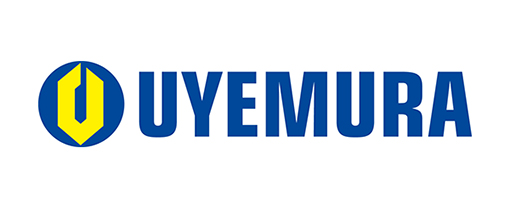Ethical Requirements
It is essential for all authors wishing to publish with Trans. JIEP to understand the definition of authorship and learning about citation, data reporting, and how to follow the ethical guidelines required in scientific publishing.
Source: Information for Authors, Section 1-1
Authorship
JIEP considers individuals who meet all of the following criteria to be Trans. JIEP authors.
- Made a significant intellectual contribution to the theoretical development, system or experimental design, prototype development, and the analysis and interpretation of data associated with the work contained in the article.
- Contributed to drafting the paper or reviewing, and/or revising the paper for intellectual content.
- Approved the final version of the paper as accepted for publication, including references.
Contributors who do not meet all of the above criteria may be included in the Acknowledgment section of the article. Omitting an author who contributed to your paper or including a person who did not fulfill all of the above requirements is considered a breach of publishing ethics.
Source: Information for Authors, Section 1-1-1
Cite Sources Appropriately
You should always cite any sources used in your paper. Citation is required in several instances. Follow these guidelines.
- Direct quotation: Place verbatim text from another source in quotation marks. Indent text for longer quotes. Include a citation to the original source.
- Paraphrase or summary: Include a citation when restating or summarizing information from another source, including ideas, processes, arguments, or conclusions.
- Data, research results, information, graphics, or tables: Cite the original source when referring to, adapting, or reusing any information from another source.
Note that the same rules apply to your own previously published work. When in doubt, cite.
Inappropriate use of citations
Citing an irrelevant source for the purpose of artificially inflating citation metrics is considered a breach of ethics. Only cite relevant sources that legitimately contribute to your article according to the criteria outlined above.
Source: Information for Authors, Section 1-1-2
Report Data Accurately
Readers of your paper rely on you to communicate your research findings fully and report your data accurately. Ensure you are showing the full picture by avoiding fabrication, falsification, and image manipulation during your research and when you are writing or revising your paper.
Avoid:
- Fabrication: Making up data or results.
- Falsification: Manipulating research materials, equipment, or processes, or changing or omitting data or results such that the research is not accurately represented in the research record.
- Image manipulation: Excessive or inappropriate adjustment of an image that alters the scientific meaning of the image.
Source: Information for Authors, Section 1-1-3
Publish Original Research
When submitting your paper for publication, it should:
Contein original research that has not been published before.
Not be submitted to any other publication while you await a peer review decision.
Trans. JIEP recognizes that technical research often follows an evolutionary publishing process.
For example, research may be published first as a conference paper with preliminary findings, and then as a journal article with fully developed research and conclusions. Trans. JIEP supports this process provided that:
- The paper undergoes standard peer review every time it is submitted to a conference or publication.
- The later version of the article contains substantially more technical information than the earlier version.
- The later version cites the earlier version and clearly indicates how the two versions differ.
The secondary publication is permitted on the condition that there are no copyright issues, the original article is properly cited, and the following conditions are met:
- Publication of (unexamined) patent applications, etc.
- University bachelor's thesis, master's thesis, doctoral thesis, technical report, etc.
- Proceedings of international conferences, domestic Conferences, etc.
- A paper based on a published Japanese article in the Journal of Japan Institute of Electronics Packaging is accepted as long as it is submitted within one year of the publication of the Japanese paper
- Company technical reports, etc.
- Newspaper articles, etc.
Source: Information for Authors, Section 1-1-4
Avoid Plagiarism
Plagiarism is defined as the use of another’s ideas, processes, results, or words without explicitly acknowledging the original author and source. Plagiarism in any form is unacceptable and is considered a serious breach of professional conduct, with potentially severe ethical and legal consequences.
All paper of Trans. JIEP are screened for plagiarism before publication.
Source: Information for Authors, Section 1-1-5


